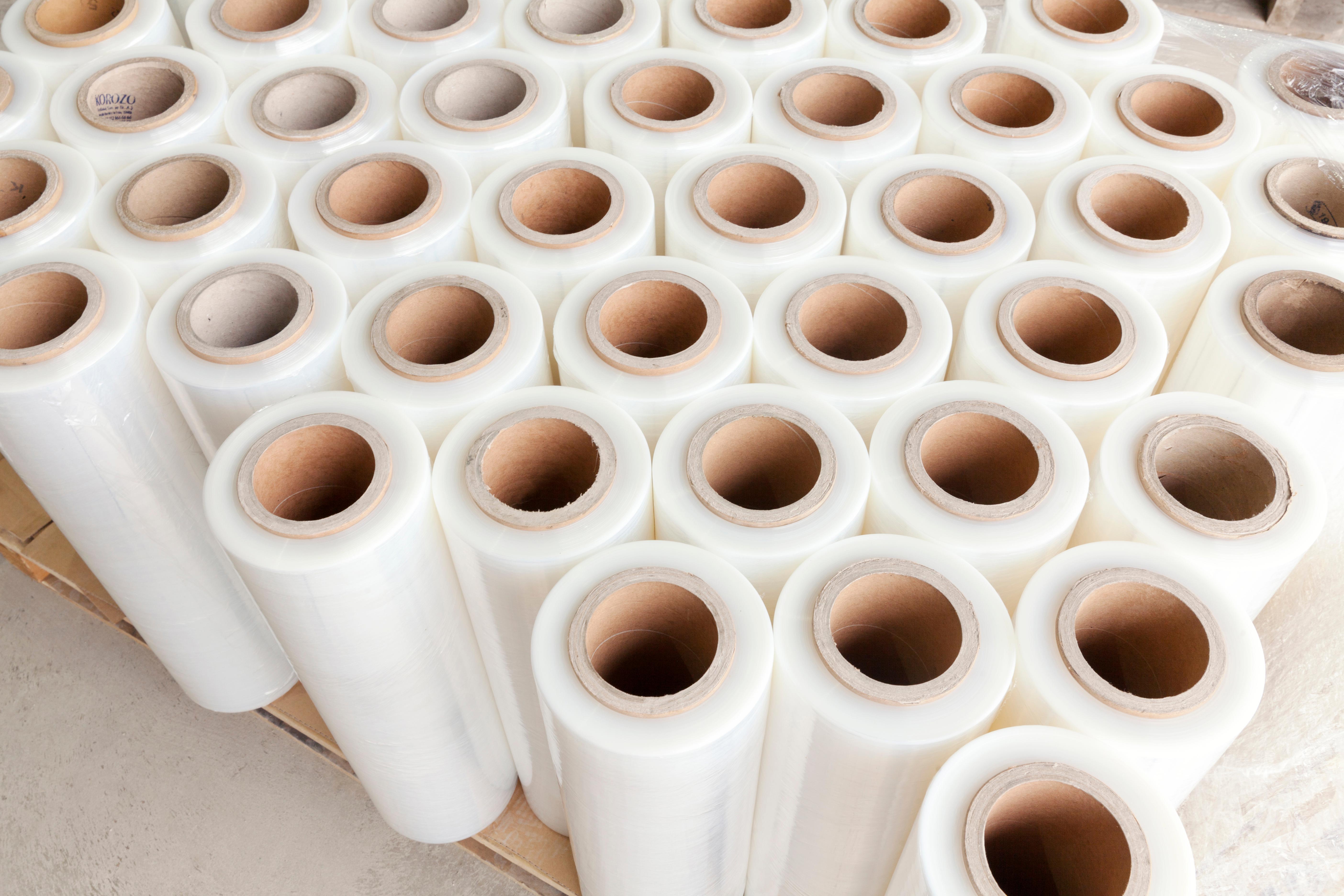Downgauging Multi-layer Film Structures

Compare almost any packaging film from 40 years ago to a modern film and you will see many differences. While different packages have changed in different ways, two evolutions are nearly universal: The film’s thickness has decreased, and the number of layers has increased. Paradoxically, more layers enabled significant gauge reduction.
Today, brand owners are under tremendous pressure to improve their packages’ sustainability. Three ways to improve package sustainability are to design for recyclability, incorporate recycled content in the film, or reduce the weight of materials used. Material reduction, while not always obvious to consumers, is often the best approach since it can be applied to all packages. With flexible packaging, material reduction is usually accomplished by reducing film thickness or “downgauging.”
Downgauging, however, is a challenging ultimatum when it must be done without sacrificing film properties or increasing cost. Most film performance requirements—such as barrier, stiffness, and toughness—decrease with film gauge. Some critical properties can be maintained by selectively incorporating higher-performance resins or materials in a downgauged, multi-layer film. But finding the best materials and optimally placing them in a multi-layer film can be a time-consuming and expensive process.
Consider a multi-layer film used to package a dry food product: The brand owner requested a 10% reduction in package weight. Simply reducing film gauge from 3 mils to 2.7 mils reduces package weight, but the thinner film will not meet the barrier, tear, and bending stiffness specifications. Increasing the volume of HDPE by 7% in the downgauged structure improves barrier and stiffness, but further weakens the MD tear. Replacing the EVA seal layer and butene LLDPE blend components with stronger octene LLDPE increases MD tear but can affect seal properties.
Predictive Models
This iterative approach is time-consuming, and running consecutive film trials is expensive. A more efficient way to redesign multi-layer films for sustainability is to use predictive models. An accurate model can help screen possible materials and different structures with fewer trials. Web software like NOVA Chemicals, Inc.’s BONFIRE® Film Development Platform can facilitate sustainable package redesign by screening possible materials and structures resulting in fewer trials. The designer inputs candidate materials into layers of a multi-layer film structure along with material costs, layer thicknesses, and blend ratios. The model then predicts important end-use properties for this hypothetical film, and the user can compare results for different structures. However, many simulations still require significant time and effort. And when a structure that meets all criteria is identified, how does the designer know if it is the best structure?
A new system, called the Structure OptimizerTM, reverses the iterative COEX film modeling process. The user starts by entering film property and cost targets along with production and/or structure constraints. With this information, the optimizer uses regression analysis to find the right resins and place them in an optimized multi-layer configuration that meets multiple targets or objectives within the input parameters and constraints. It can be programmed to maximize or minimize certain targets while meeting key performance specifications. For example, the designer can target minimizing the film cost/area, while meeting specific barrier, tear, stiffness, and other targets.
Predictive models can help designers
downgauge their films while maintaining
critical properties and helping to
accelerate innovation.
Using the previous dry food packaging film example, the user would first enter performance targets as maximum and minimum ranges, along with one or two general objectives such as minimizing film cost per area and maximizing bending stiffness. Next, the user enters film parameters including the acceptable film gauges (1 to 2.7 mils), the number of COEX film layers (3), and the possible layer ratios that can be used in each layer ratio. Specific constraints can also be included, such as ensuring the inside layer is a sealant and the outside layer must be a heat-resistant polymer. After all targets, objectives, parameters, and constraints are entered, the model provides one or more optimized structures that meet all targets.
Many commercial films have improved over the years through successive trials and the incorporation of better materials. A Structure Optimizer can accelerate this progressive evolution.
In certain simulations, no structure will be identified that meets all targets and criteria. Some film targets simply cannot be reached with existing materials or current technology. For example, it may not be possible to create a 1.0 mil, all polyethylene recyclable film with more than 500 grams tear and a high-moisture barrier. In other cases, the model may return an impractical structure, such as a structure that contains incompatible resin blends, or materials run in adjacent layers without an intermediate adhesive layer. Therefore, all structures should be reviewed by experienced film professionals before they are run on a commercial film line.
Finally, it is important to verify model predictions with empirically measured values on actual films. While predictive models can save screening time, no model is perfect and film properties are influenced by some factors that cannot be accounted for yet.
Downgauging packaging films is an effective way to improve sustainability but can be a significant challenge since many critical film properties are sacrificed in thinner structures. Substituting higher performance polymers in the downgauged structure can counter the loss of some properties. However, with the ever-expanding choice of high-performance materials and possible multi-layer configurations, choosing the best resins and designing the best-downgauged structure is becoming increasingly difficult.
Predictive models can help designers downgauge their films while maintaining critical properties and helping to accelerate innovation. Using the right combination of model predictions, expert input, and confirmed test results, new packaging that is both sustainable and high-performing can be achieved.
Dan Ward is a technical services specialist at NOVA Chemicals, Inc.


